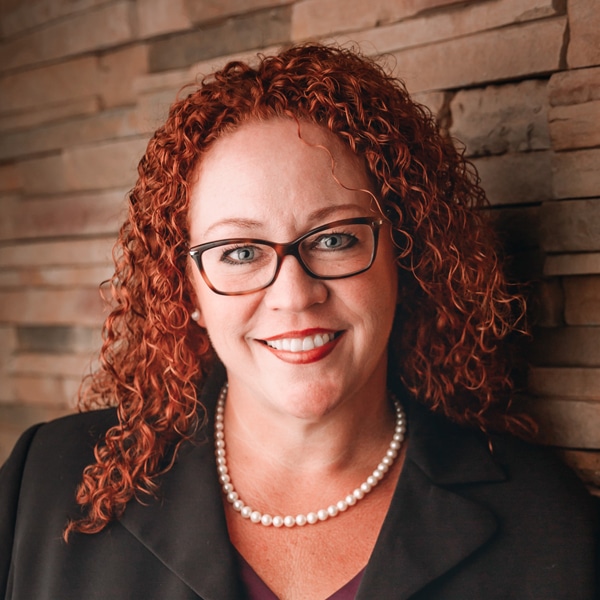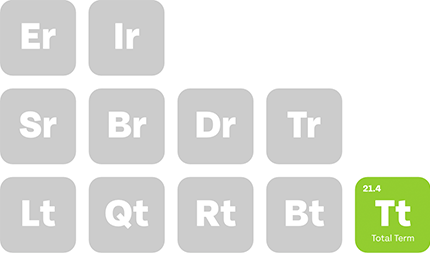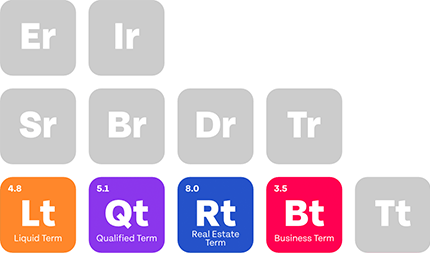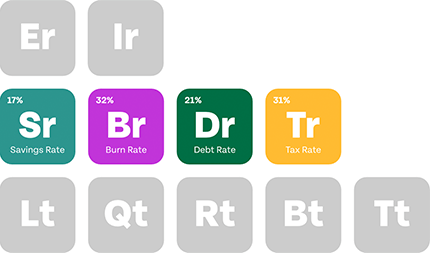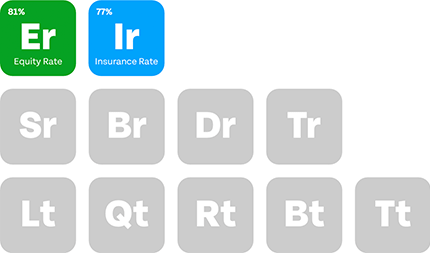Learning how to become an ophthalmologist is a long and demanding journey that requires years of education, training, and certification. While the career offers strong earning potential, the financial investment—both in terms of tuition and lost income during training—can be substantial.
Key Takeaways
- The process of how to become an ophthalmologist typically includes undergraduate studies, medical school, residency, and optional fellowship training.
- The total cost of education for an ophthalmologist can surpass $300,000, including tuition and fees, without considering living expenses or potential lost income during training years.
- Anyone researching how to become an ophthalmologist should also plan financially—managing student loans, budgeting, and building a long-term strategy for success.
Table of Contents
The Education and Training Path to Becoming an Ophthalmologist
Ophthalmologists enjoy a reputation as among the best-paid and most respected physicians, but the training and education involved in learning how to become an ophthalmologist is extensive. The process involves a series of years of undergraduate and medical education, residency training, and occasionally a fellowship to subspecialize.
In addition, the costs of becoming an ophthalmologist can be significant. Therefore, it is essential to plan your path to becoming an ophthalmologist by taking these and other career considerations into account.
Step 1: Undergraduate Education
The first step to becoming an ophthalmologist is to complete a bachelor’s degree, most of which usually includes a concentration in a natural science-related discipline, such as biology, chemistry, or health sciences. While ophthalmologists are not required to have a major in a natural science or medical-related field, students planning to matriculate into medical school are encouraged to complete pre-medical coursework in biology, chemistry, and physics.

Tuition costs for undergraduate programs are all over the map. The national average for a four-year degree at an in-state public college is approximately $20,000 to $50,000 a year. These figures climb even higher at private, out-of-state, or for-profit institutions, so understanding the financial side of education early is an important part of learning how to become an ophthalmologist.
Step 2: Medical School
After obtaining an undergraduate degree, the next step is to complete four years of medical school. Admission to medical school is very competitive, with candidates required to pass the MCAT exam and demonstrate academic and clinical excellence. The costs associated with medical school are among the largest outlays in an ophthalmologist’s training career.
Tuition rates for medical school in the United States generally range from $30,000 to $60,000 per year, with private institutions generally being more expensive. This means that medical school alone can cost in excess of $120,000 and up to $240,000 in total. In addition to tuition, students need to consider living expenses, books, and other costs. Since most students graduate with medical school debt, having an exit strategy to pay down loans and planning to establish their retirement fund is a good way to protect one’s financial future after graduation.
Understanding how to become an ophthalmologist includes recognizing that medical school costs and student loan debt can significantly impact a young physician’s financial well-being in the early years of their medical practice.
Step 3: Residency Training in Ophthalmology
The final step in how to become an ophthalmologist is completing a residency in ophthalmology. These residencies generally last three to four years. Admission to a residency program is competitive and often requires candidates to undergo a rigorous interview and examination process to get selected for a residency program.
Ophthalmologists-in-training have hands-on experience learning about conditions, treatments, and surgical procedures relevant to ophthalmology. In addition, residents must work to manage the everyday administrative needs of patients in their care.
Residents are often paid a stipend during training. However, it is often not a high-paying position, especially when one considers the length of the residency and cost of living in major urban centers where most ophthalmologists practice. Average ophthalmology resident salaries fall between $50,000 and $78,000 a year.
Step 4: Fellowship and Specialization (Optional)
Upon completion of residency, a general ophthalmologist is fully qualified and licensed to practice. However, ophthalmologists have an opportunity to enhance their credentials and career by entering into a subspecialty. This can be done by completing a one- to two-year fellowship in one of a number of subspecialties of ophthalmology.

Ophthalmology fellowships allow physicians to gain further expertise in a subspecialty area, including retina surgery, corneal surgery, glaucoma, oculoplastic surgery, or pediatric ophthalmology.
Fellowships can be an expensive investment, both in terms of tuition and lost potential earnings. On the other hand, subspecializing can provide long-term professional and financial benefits for those pursuing how to become an ophthalmologist and advance their careers. For example, retina surgeons and oculoplastic surgeons typically have the potential to earn higher income than general ophthalmologists.
Jobs are often more secure and career options more diverse for subspecialists, as fellowship training opens doors to private practice, academic medicine, and specialized hospitals where higher compensation is common.
After years of education and training, ophthalmologists are finally ready to begin practicing.
Step 5: Transitioning to Practice
After finishing their residency and any fellowship training, new ophthalmologists are finally ready: it’s time to move into professional practice. This is one of the most exciting yet difficult parts of the journey in how to become an ophthalmologist.
If going into private practice, this change can take longer than one may think. Starting a practice and getting patients takes a lot of time and work. Many new ophthalmologists have to find a balance between taking care of their patients and running the business side of their practice. New doctors often underestimate the time it takes to hire staff, efficiently market, and take care of the general operation of the business.
Physicians taking an employee job at a hospital or school often have an easier time. This is because the administrative and operational tasks are already in place. Still, it takes time and planning to get used to new workflows, electronic health record systems, and the expectations of the organization.
Ophthalmologists need to plan carefully during this time, both professionally and financially, whether they are joining a group practice, a hospital, or starting their own practice.
Planning Your Career Path with Financial Considerations in Mind
While it is clearly a rewarding career path with significant financial upside, understanding how to become an ophthalmologist requires recognizing it as a multi-year investment in both time and money.
With proper planning and the right financial advice and support, ophthalmologists can have a successful career and retirement plan that will set them up for success in the future. And understanding how to become an ophthalmologist is the first step toward achieving that goal.If you are ready to take control of your financial future and make the most informed financial decisions possible about your ophthalmology career, contact Physicians Thrive today for access to personalized and expert financial support.




























